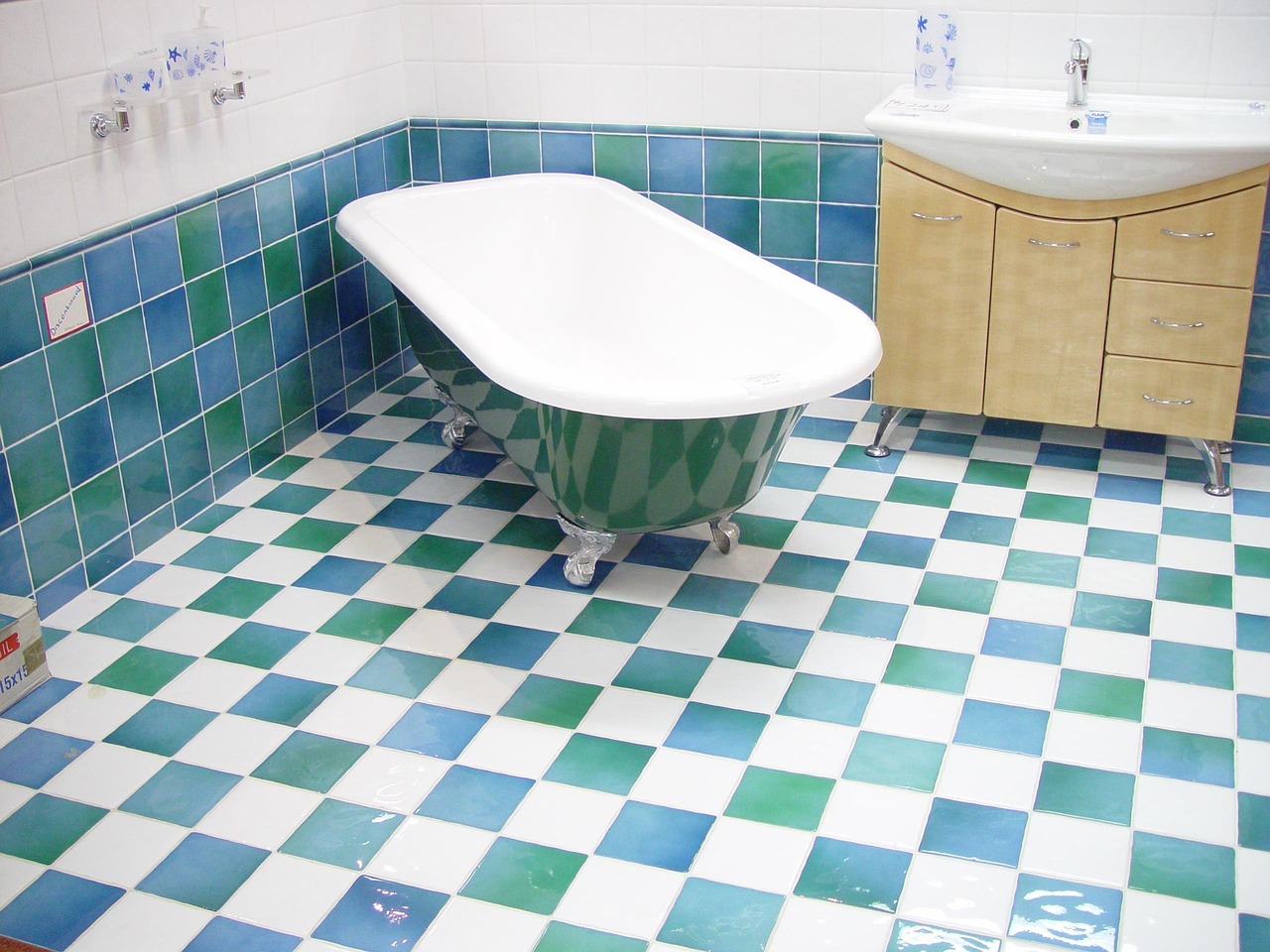Before the modern conveniences of built-in showers and luxurious freestanding tubs became commonplace, the routines of personal hygiene looked remarkably different. For a significant portion of households, bath time was an event that revolved around a simple, yet profoundly functional vessel: the tin bath. Although it may now seem like a quaint relic from a bygone era, the humble tin bath holds a significant place in our social history. It represents a major step forward in the journey towards better public health and widespread cleanliness. This article will delve into the story of the tin bath, tracing its path from its purely practical origins to the nostalgic appeal it continues to hold today.
A Brief History of the Tin Bath
The tin bath rose to prominence during the 19th and early 20th centuries, particularly in working-class homes across Britain. Before widespread indoor plumbing became standard, bathing was a communal and often laborious affair. Water had to be heated on a stove or over an open fire and then carried to the bath, which was typically placed in front of the fireplace for warmth.
These baths were crafted from sheets of tinned steel, making them relatively lightweight, portable, and resistant to rust. Their design was purely functional—a simple oval or rectangular shape large enough for one person to sit in. After use, the bath could be emptied and hung on a nail on an outside wall, ready for its next use. It was a shared household item, with family members often bathing one after another in the same water to conserve resources.
The Push for Public Hygiene
The widespread adoption of the tin bath was closely linked to the Victorian era’s growing awareness of hygiene and its connection to public health. As industrial cities became more crowded, sanitation became a critical concern. The simple act of regular bathing, facilitated by the accessible and affordable tin bath, played a role in improving personal cleanliness and reducing the spread of disease. It represented a fundamental shift towards the private, regular bathing habits that we now take for granted.
While it was a step up from no bath at all, the experience was far from luxurious. The water would cool quickly, and the process was often a chilly and cumbersome weekly ritual rather than a daily comfort.
Modern Interpretations and Nostalgic Appeal
Today, original tin baths are collectible items, often sought after for their rustic charm. They have found new life in modern homes and gardens, not for bathing, but for a variety of creative purposes. Many people use them as unique garden planters, adding a touch of vintage character to their outdoor spaces. Others have repurposed them into quirky ice buckets for parties or even as distinctive sinks in rustic-style bathrooms.
The tin bath evokes a powerful sense of nostalgia, reminding us of a simpler, albeit tougher, time. It symbolises resilience, resourcefulness, and the foundational steps our ancestors took towards modern standards of living. Its image is firmly planted in our collective cultural memory, often appearing in period dramas and historical reconstructions as a shorthand for working-class life.
A Symbol of Progress
The tin bath is more than just an old-fashioned tub. It is an artifact that tells a story of social change, public health advancements, and the daily realities of generations past. Its journey from a household essential to a nostalgic decorative item reflects how far our standards of comfort and convenience have come. The next time you see a tin bath, whether in a museum or a garden, take a moment to appreciate its humble yet significant role in history.

